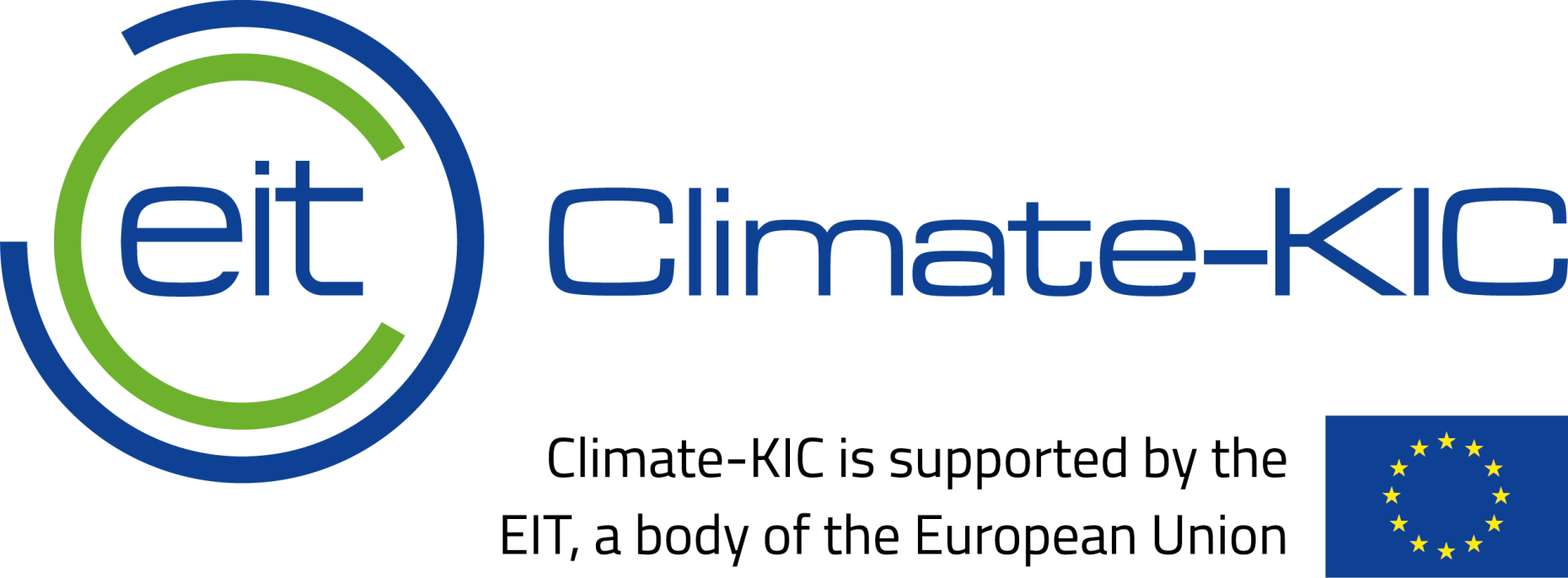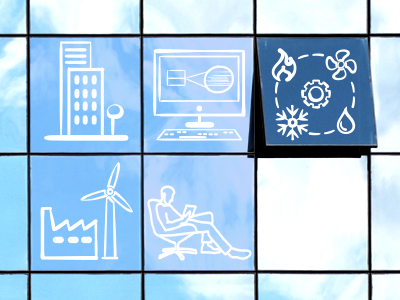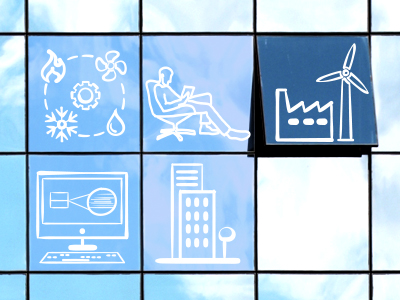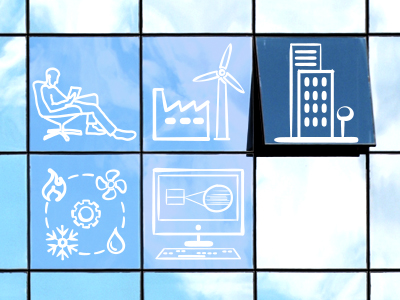Overview
Learn how to realize thermally comfortable and healthy buildings and how energy technologies impact comfort.
Even in the well-accepted indoor temperature range of 20-24°C (68-75°F), people can experience thermal discomfort. Complaints about the indoor thermal environment are one of the major complaints building and facility managers have to deal with, and they spend a large amount of their time and money to solve them. People spend more than 80% of their time in buildings. Therefore a good thermal comfort and quality of the indoor environment are essential for their wellbeing, health and productivity.
In this course you will learn how to ensure good indoor thermal comfort and air quality, and how these factors relate to building design and to buildings' energy systems. Comfort complaints mean user dissatisfaction, which in turn means delays and resistance to accept technologies needed for low carbon emission buildings. So if you want to discover what to pay attention to in your energy designs, or in designing new concepts for sustainable buildings, this course is for you.
First you will discover the two main theories of thermal comfort, learning which measurable physical parameters and combinations of parameters impact people's comfort. Second, you will understand why it is so difficult to create indoor environments satisfying everyone and which main parameters to tune to make buildings comfortable. Third, you will discover how to measure, analyze and solve existing comfort complaints, and finally you will find out what determines a healthy indoor air quality.
This course is part of the PCP Buildings as Sustainable Energy Systems. In the other courses in this program you can learn how to design buildings with low energy demand, how to choose low carbon energy supply, and how to control and optimize HVAC systems.
What You'll Learn:
- What the determinant factors of thermal comfort and indoor air quality are.
- How Fanger's theory and the adaptive comfort theory work, and what recent developments are in this domain.
- How to take thermal comfort into account in the design of buildings, components and energy systems.
- How to measure and analyze actual thermal comfort in buildings and to relate it to comfort complaints.
- What are the determinant factors of healthy indoor environments.
Quotes From Our Learners
I am older architect learning how to respond to our world's energy demands as they affect the built environment. Each of the courses in the professional certificate teaches how to qualitatively and quantitatively seek out better solutions. If I had previously known the depth of this knowledge, our clients would have better, responsible buildings. I have taken several online MOOC concerning sustainable energy. DelftX offers many outstanding MOOCs covering this broad subject. I recommend they all for being insightful and skill-oriented. - Bradford J Black
This was one of the best experiences I had in online learning, the course content is clear with a professional hierarchy in delivering the knowledge and in teaching, the assignments were helpful to apply what we have learned and the tutors are interacting and helpful. Through this professional certificate, I have gained a lot of knowledge about Energy supply and demand in Buildings, I understood the calculations behind the energy and HVAC systems and how to uses them efficiently. - Yara Al Manaseer
The development of this course is supported by Climate-KIC

Details
License
Unless otherwise specified, the Course Materials of this course are Copyright Delft University of Technology and are licensed under a Creative Commons Attribution-NonCommercial-ShareAlike 4.0 International License.
Qualifications
Chartered Engineering Competences
All our online courses and programs have been matched to the competences determined by KIVI’s Competence Structure, a common frame of reference for everyone, across all disciplines, levels and roles.
These competences apply to this course:
- A1: Extend your theoretical knowledge of new and advancing technologies.
- E3: Undertake engineering activities in a way that contributes to sustainable development and a circular economy.
Admission
This is a Massive Open Online Course (MOOC) that runs on edX.
Prerequisites
None.


